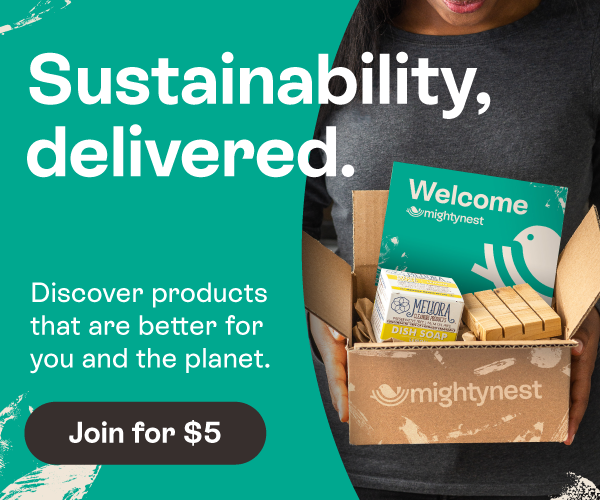
Every day, millions of Americans wake up, shuffle to the bathroom and start their morning ritual of brushing teeth, shaving, showering and applying deodorant. What many of us don't realize is that a vast majority of the products we use to clean our bodies, fight germs and ward off bacteria contain the carcinogenic chemical TRICLOSAN.
Triclosan is an antibacterial agent found in many personal care products such as soap, deodorant, toothpaste, shaving cream and mouthwash. It can also be found in common household items such as cleaning products, toys, bedding and kitchen utensils. A report cited in Environmental Science and Technology suggests that when triclosan combines with chlorine in tap water, chloroform is generated, the properties of which are similar to the dioxins found in Agent Orange. This makes the presence of triclosan in toothpaste especially concerning.
Introduced in the 1960's as a surgical scrub for medical professionals, triclosan can now be found in over 700 products. A 2010 study published in Environmental Health Perspectives categorizes triclosan as a hormone disruptor, much like BPA. Triclosan has the ability to interfere with the human endocrine system and may interfere with immune function. "Despite the initial safety data demonstrating triclosan's tolerance by humans, more recent studies have found that it may have detrimental effects on the central nervous system and may be linked to allergies and asthma."
For years, doctors have warned patients about the hazards of overusing antibiotics - the bacteria becomes resistant to the medicine and superbugs are produced. The same is true when it comes to using too many antibacterial products. According to investigators at Stanford University, antibacterial products may accelerate the growth of superbugs and weaken the human immune system. "The results from the experiment indicate that constant exposure to triclosan can cause bacteria to tolerate it better and become more and more resistant," said study author Clara Davis, a PhD student. "This increased level of resistance can also be accompanied by an increased (bacterial) growth rate."
What can you do about Triclosan?
Our first recommendation is to switch to an all natural toothpaste. Toothpaste is easily ingested - especially by children who tend to swallow more than spit. The combination of triclosan in toothpaste and chlorine in tap water produces chloroform, which is easily absorbed into the tongue and through saliva into your body. Research shows that this toxic combination can remain in your mouth for up to twelve hours.
Other ways to avoid triclosan is to read labels of common household and beauty products and switch to all natural body care products whenever possible. Triclosan is known by many names including: Microban, Irgasan (DP 300 or PG 60), Biofresh, Lexol-300, Ster-Zac, and Cloxifenolum.
The easiest way to avoid triclosan is to buy products that do not contain any of the ingredients listed above.

